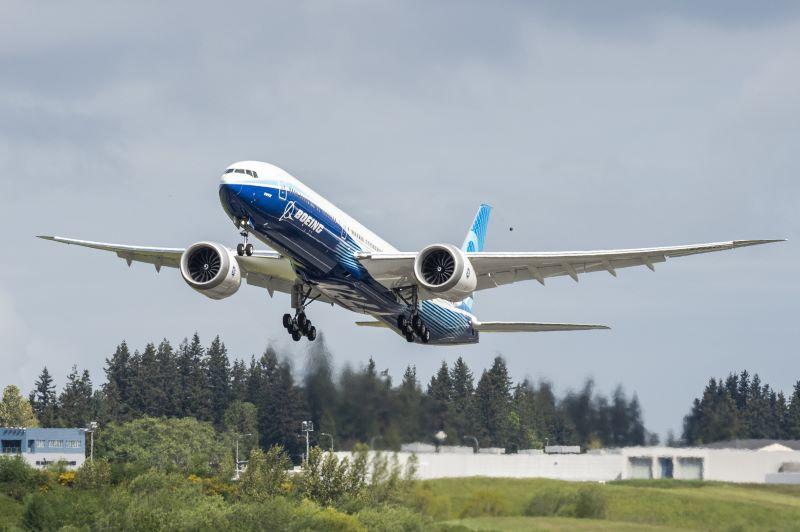Latest Boeing 777X Delay Driven By EASA’s Concerns

Credit: Boeing
Regulatory scrutiny that will add at least a year to Boeing’s 777X certification program goes beyond the flight-control system and stems primarily from concerns being voiced by EASA, multiple sources confirmed to Aviation Week. Boeing CEO Dave Calhoun revealed Jan. 27 that the 777-9 will not enter...
Subscription Required
This content requires a subscription to one of the Aviation Week Intelligence Network (AWIN) bundles.
Schedule a demo today to find out how you can access this content and similar content related to your area of the global aviation industry.
Already an AWIN subscriber? Login
Did you know? Aviation Week has won top honors multiple times in the Jesse H. Neal National Business Journalism Awards, the business-to-business media equivalent of the Pulitzer Prizes.



